As the world's industry is advancing by leaps and bounds, graphite has now been regarded as one of the important industrial mineral raw materials in the world. Especially after the Nobel Prize of graphene, the development of graphene has driven graphite products in all walks of life, the market demand has also increased year by year. This article will introduce in detail the graphite beneficiation processes and equipment. Let's start it!

01 Introduction of Graphite
Graphite is an important non-metallic mineral resource, an allotrope of carbon. Graphite is black-gray, soft, greasy, chemically stable, corrosion-resistant, and does not react easily with chemicals such as acids and alkalis.
According to its crystalline form, it can be divided into two types: crystalline graphite and cryptocrystalline graphite.
The requirements of modern industry for graphite products are developing in two aspects: one is to require large crystal flakes to achieve high purity, and the other is to require graphite product particles to be ultra-fine (such as less than 1μm or 0.5μm).
02 Graphite Beneficiation Methods
According to the characteristics of the original ore, the graphite beneficiation process can be divided into the following two types:
(1) Crystalline Graphite Beneficiation Methods
Crystalline graphite has good natural flotability, and flotation methods are basically used for ore beneficiation. Since the size of graphite flakes is one of its most important quality indicators, a multi-stage grinding and multi-selection process is used in the selection method to separate large flake graphite as soon as possible.
(2) Cryptocrystalline Graphite Beneficiation Methods
Cryptocrystalline graphite has very small crystals, so it is also called microcrystalline graphite. Graphite particles are often embedded in clay, which has poor floatability and is difficult to separate. Due to the high grade of the raw ore (generally 60% to 80% carbon content), many graphite mines directly crush the ore, hand-separate it, and then grind it for sale.
03 Graphite Flotation Beneficiation Flow
The beneficiation methods of graphite are flotation, gravity separation, electric separation, etc. The most widely used method is flotation. The specific steps are raw ore-crushing (coarse crushing, fine crushing)-grinding-flotation-dehydration and drying-classification-packaging.
(1) Crushing
The hardness of graphite ore is generally medium-hard or medium-hard to soft, and the grade of the original ore is between 2-10%. The crushing process is relatively simple. It often uses a three-stage open-circuit, two-stage open-circuit, or one-stage open-circuit process. If it is small-scale weathered ore, it is possible to grind the ore directly without crushing.
(2) Grinding and Flotation
Since the hardness of graphite ore is generally medium-hard or medium-hard to soft, and the grade is generally between 2% and 10%, the crushing process is relatively simple, often using three-stage open circuit, two-stage open circuit or one-stage crushing process. Small and medium-sized mines, which mainly process weathered ore, are directly sent to the ball mill without being crushed.
The flotation process is generally a closed-circuit process of multi-stage grinding, multi-stage separation, and sequential (or concentrated) return of middlings. There are three types of multi-stage processes, namely concentrate regrind, medium ore regrind and tailings regrind.
Crystalline graphite mostly adopts the concentrate regrinding process, and the recovery rate of the beneficiation operation can reach about 80% under normal circumstances. Some mines have also tried the middlings regrinding process, but the effect is not obvious. Some small factories also use open-circuit or semi-open-circuit flotation processes, because too many tailings are discarded. The recovery rate of beneficiation is very low, generally only 40% to 50%.
(3) Dehydration and Drying
In the drying process, the equipment is raised to a certain temperature according to the need for heat, and the material in the cylinder starts to be dehydrated in a large amount. The temperature of the drying is constant as a whole. The graphite rotates continuously with the rotation of the cylinder and exchanges heat and finally plays an excellent dryness.
(4) Classification
Under certain pressure, the density of the flotation slurry is small, and the solid percentage content is low, so the classification effect is good. The graphite is relatively depleted in the sedimentation and relatively enriched in the overflow, which is very beneficial to improve the regrind efficiency and the efficiency of selection.
(5) Middlings Processing
Due to the many times of grinding, a lot of medium ore will be produced in the process. Medium ore generally contains a large amount of graphite. If it is not processed, it will inevitably lead to a decline in the recovery rate and cause a waste of resources. Therefore, the separation of graphite medium ore is an indispensable step in the graphite beneficiation process.
There are many processing methods for graphite middlings, mainly the following: centralized return, sequential return, individual processing, and multiple processing methods combined processes.
04 Graphite Beneficiation Equipment
Crystalline and amorphous graphite beneficiation equipment generally adopt these equipment as follows:
Crushing equipment: Jaw crushers are mostly used for coarse crushing of graphite ore processing. For medium and fine crushing, hydraulic cone crushers or hammer crushers are mostly used.
Grinding equipment: The grinding operation adopts a grid ball mill or rod mill.
Flotation equipment: SF type flotation machine and XJK type flotation machine are often used in flotation process.
Dewatering equipment: Product dewatering often uses dewatering screens or various centrifugal dewatering machines and filters.
Classification equipment: Spiral classifiers are often used for classification, which can effectively classify graphite.
Drying equipment: The graphite dryer is mainly drum-type drying equipment, which uses heat transfer to dry graphite materials.
05Protective Measures for Large Graphite Flakes
Large flake graphite has few resources, wide application, and high value, so special attention should be paid to protection during the separation process.
To reduce the coarse grinding fineness, columnar media or rod mills can be considered.
The first stage of regrind adopts overflow ball mill and rod mill.
Under the same regrinding time, the number of regrinding stages is small, and the content of large scales is high.
Adopting rapid flotation, no collector flotation process.
06To Sum Up
The graphite beneficiation process is often different due to different concerns. If you have any questions about the separation of graphite, please leave a message to communicate with us, or consult our online customer service.
- Random article
- Popular articles
- Popular comments
- How to Extract Gold Using Mercury
- Branch serial flow flotation process for lead-zinc ore
- Floatability flotation process for lead-zinc ore
- Lead zinc ore mixing+separation flotation process
- Nickel ore priority flotation process(Sulfide ore)
- Nickel Ore Mixing and Separation Flotation Process
- Lithium ore magnetic separation process




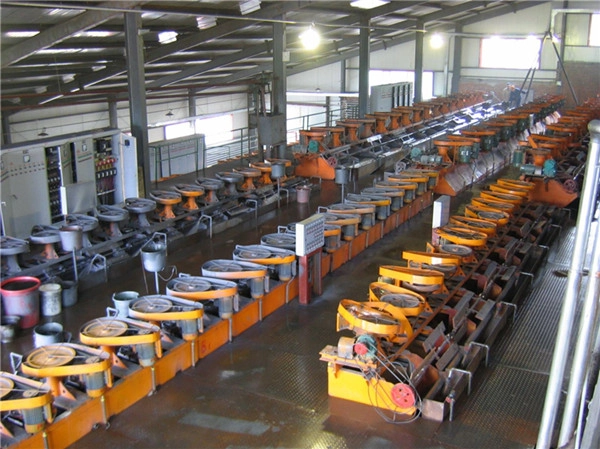

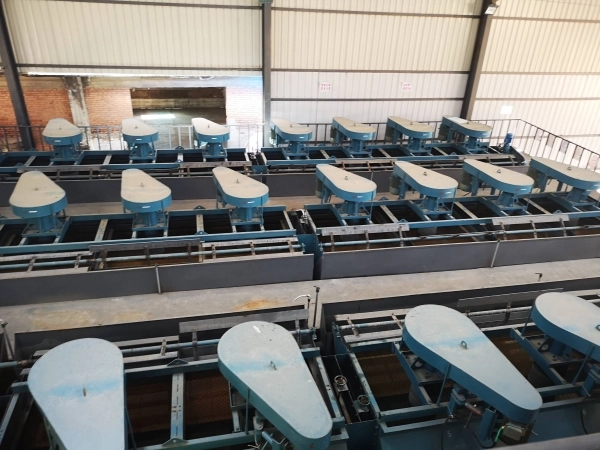
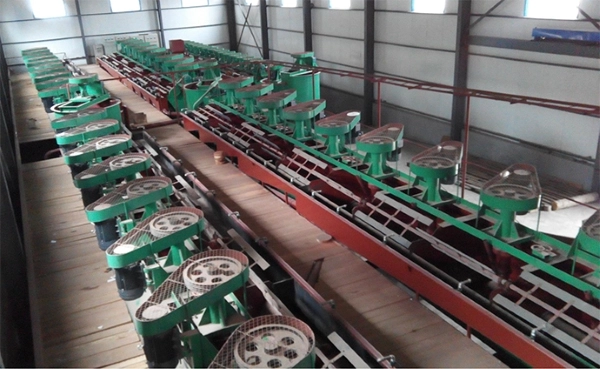

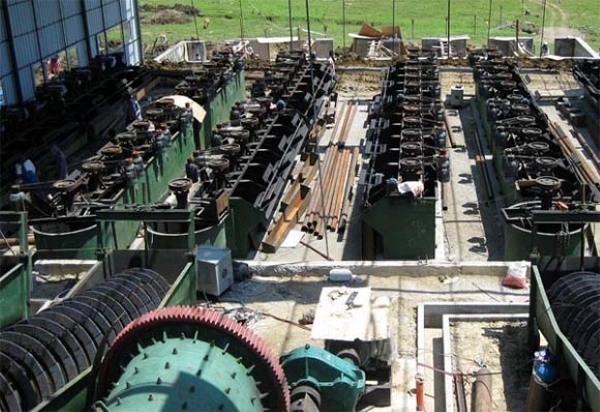



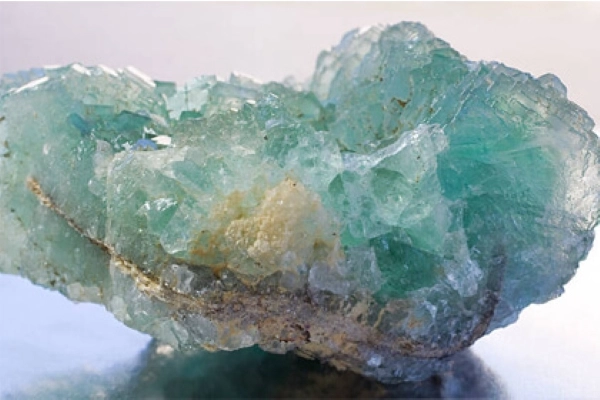

Leave a message with your needs or comments
Add comment: